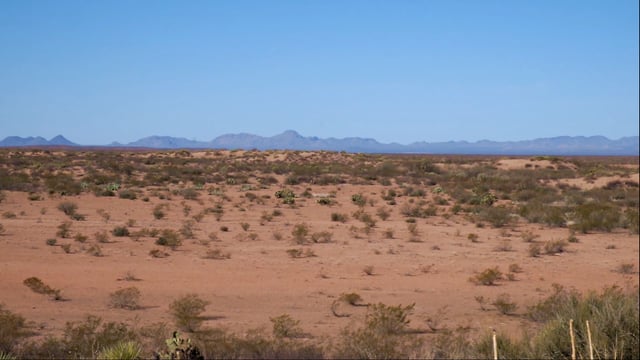As the Soviets dramatically stepped up their nuclear weapons programme in the 1960s, the US government showed a willingness to take calculated risks with its atomic arsenal in order to maintain arms race superiority over its Cold War adversary. With some of America’s nuclear test sites situated close to the northern and southern borders, concerns were raised in classified documents that missiles could drift into neighbouring countries or even as far as Western Europe, risking an international incident. However, the authorities decided to proceed with the tests, confident that in that scenario, the American public would support them if persuaded the programme was in the interests of national security.
When a Pershing missile crashed just south of the Mexican border on September 1967, the misfire was downplayed and soon forgotten. Then on 11 July 1970, a far more serious overflight occurred. Early that morning, the US Air Force launched a rocket from Green River Launch Complex in Utah, aiming for the White Sands Missile Range in New Mexico. The weapon was what is known as a ‘salted bomb’, armed with a radioactive isotope that was designed to maximise the fallout of hazardous material. The rocket travelled hundreds of miles further than anticipated, eventually landing in the sparsely-populated Mapimi desert in Mexico. Although there are no known victims, the overflight resulted in a long and costly cleanup of contaminated soil, which is chronicled in detail on the Utah government website.

In a recently declassified memorandum, then National Security Advisor, Henry Kissinger, expressed gratitude for the patience of the Mexican government, noting a willingness “to grant clearances and assist in any search efforts”. Perhaps Mexico realised it was nothing personal, considering that by 1970 the United States had almost nuked itself on at least 11 occasions. The few inhabitants of the Mapimi region proved to be equally stoical, taking advantage of a road that was rapidly built into the desert to allow the US Air Force to deal with the fallout. Locals rechristened the decontaminated site the Mapimi Silent Zone, borrowing urban myths from the Bermuda Triangle to reimagine it as a tourist destination. The area still attracts visitors today with tales of strange magnetic forces and extraterrestrial activity.

One recent visitor was American artist Freya Powell. In March 2016, she travelled to the Mapimi Silent Zone to explore its strange history, responding to the theme of ‘silence’ to investigate the concealment of the clean-up operation and subsequent myth-making. The project was commissioned by the New York nonprofit Art in General, and her single-channel video, The Silence of the Unsaid, premiered there in 2017. The work intersperses panoramic views of the site, filmed using drone technology, with excerpts from interviews with locals. Through this juxtaposition, Powell deconstructs the language used to describe the area, teasing out the complex relationship between silence, history and accountability. You can watch an excerpt from the video on Powell’s website.
LIKE THIS STORY?
Here are some other Espionart posts you might enjoy:
- Warning of the Cold War Horse
- St George and the Atomic Dragon
- Saga of the Lucky Dragon and Ben Shahn’s Anti-Nuclear Art
Images: Freya Powell, The Silence of the Unsaid, 2017 (still and installation view). Courtesy the artist & Art in General. Photo: Charles Benton.
